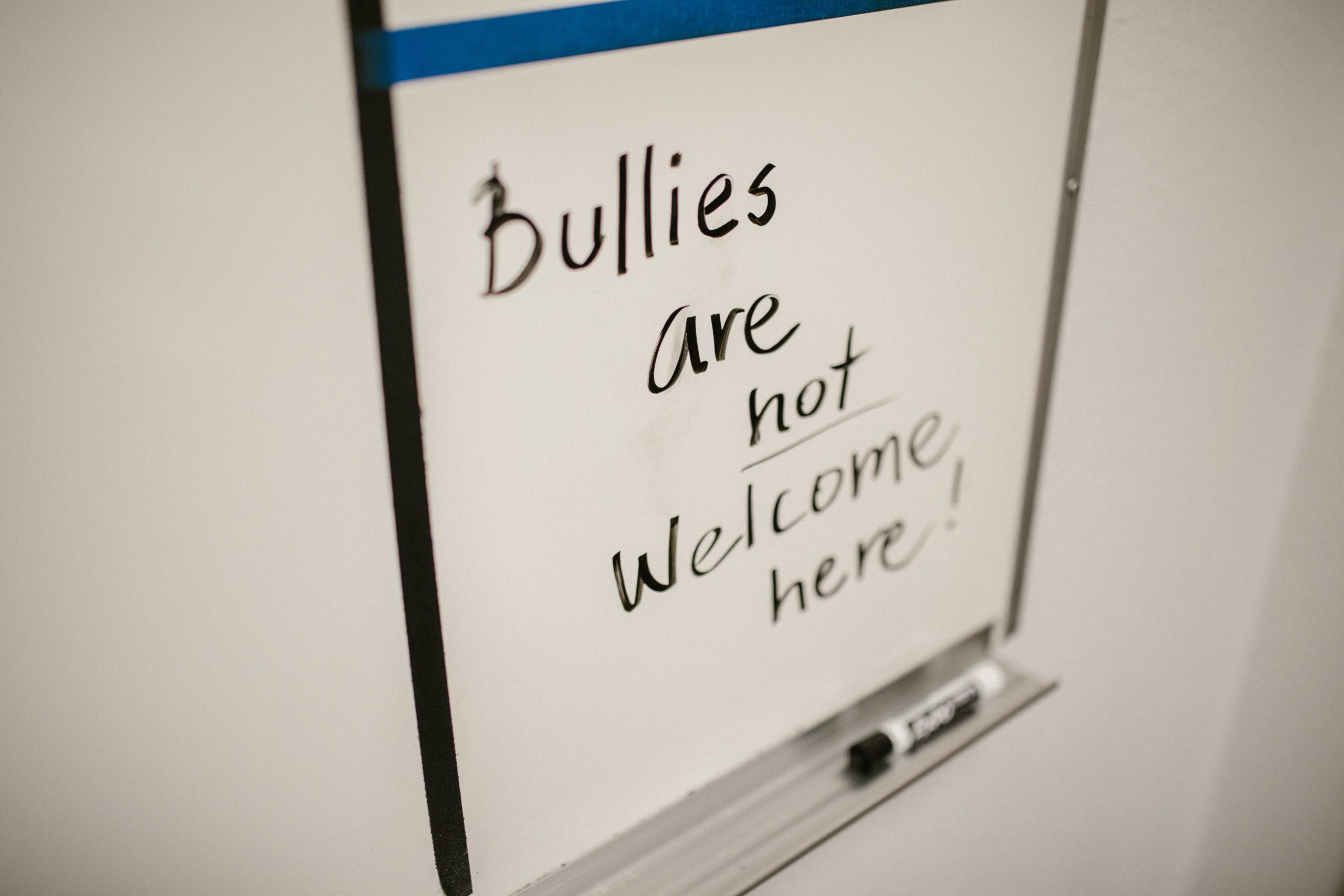REMOTE WORKING IS INCREASING THE WAYS IN WHICH ABUSERS CAN REACH THEIR VICTIMS AND THIS NEW LAYER OF COMPLEXITY RENDERS “A DUTY OF CARE” AS SUCH AN UNHELPFULLY AMBIGUOUS PHRASE. WORSE STILL, IN THE WAKE OF HYBRID/REMOTE, CONTRACTS AND P&PS HOLD LITTLE IN THE WAY GUIDANCE THAT IS CONTEXTUAL, AS TO WHERE RESPONSIBILITY BEGINS AND OBLIGATION ENDS. ABUSE IN ALL ITS GUISES – DOMESTIC, CORPORATE AND SOCIAL – IS SO COMMON, MULTIFARIOUS AND INSIDIOUS, THAT EVEN THE MOST CONSCIENTIOUS ORGANISATION WILL STRUGGLE TO IDENTIFY VICTIMS AND PROVIDE A LEVEL OF PROTECTION AND SUPPORT REQUIRED.
According to an analysis conducted by the law firm Fox & Partners, there was a 44 percent rise in bullying claims, from 581 to 835, between March 2021 and March 2022, but in my opinion, it is hard to accurately measure if the problem is worsening. Given there is a legal definition of harassment, but not bullying, it is incredibly difficult to pinpoint and use the law to back any accusations. What can be acknowledged is we are talking about it a lot more and people are sharing their experiences, which will hopefully benefit the targets, as well as help leaders eliminate toxic behaviour. The problem is, whilst abuse or harassment are never acceptable, power and control are basic parts of human nature. Someone with a sense of power may be tempted to abuse it, especially when the target is vulnerable in some way. Interventions don’t happen either, because the bully may be saying what others are thinking, albeit in an extreme way, or for fear of retribution. So, society accepts that the strong will dominate. But increasingly, the younger generations don’t want to compete when there are winners and losers.
In the mining, oil and gas industries, if someone is injured then a whole system swings into action. Safety is paramount and they will conduct major enquiries into the smallest incident, yet research suggests bullying, harassment and a lack of mental health safety fall completely out of that paradigm. What can be done to stop bullying in its tracks and how can we support targets? A trauma-informed strategy involves acknowledging the reality of trauma and using tactics that facilitate an investigation process which minimises or prevents re-traumatisation. This may include allowing a friend, colleague or support person to be present during any interviews and ensuring the setting is safe and not triggering. Trust is built by always believing the victim as a start point – as some assume false accusations when the case is not obvious – so specialist training is needed to avoid communication like, “we all know he’s a bit loud, but his bark is worse than his bite”. Don’t ever brush off the experience, help the person feel safe and give them space, time to talk and deeply listen, to work out the best ways to protect them.
Cultivating a culture of psychological safety for the target and witnesses, to call out poor behaviour is vital, such as encouraging a good work/life balance to help stop unnecessary flare-ups that occur after a build-up of pressure. If the bully is a high performer, the organisation may accept the behaviour at the risk of losing out on the bottom line. But this is a false economy because the success of the bully and their numbers will never ultimately stack up if they are creating a toxic working environment. Better communication pathways help because passive aggression often emerges from frustration with the absence of good communication. Middle managers, for example, are quite often guilty of preventing bad news from getting to the top. Reporting systems tend to be inherently flawed because it is so difficult to maintain anonymity and the target is frequently seen as the problem more than the offender. But rules and protocols can signpost that bullying won’t be tolerated. It has never been more important for leaders to be aligned and have a unified voice which is echoed throughout the business. People look wrongly to HR to police this, as the C-suite are so often busy, that bullying features low on the agenda. But leaders are role models and must not leave toxicity or delegate responsibility. Toxicity festers.
FOR FURTHER INFO WWW.SERENITYINLEADERSHIP.COM
f you found this article of interest and would like to receive our flagship publication each and every month (in print or digital), please Subscribe









